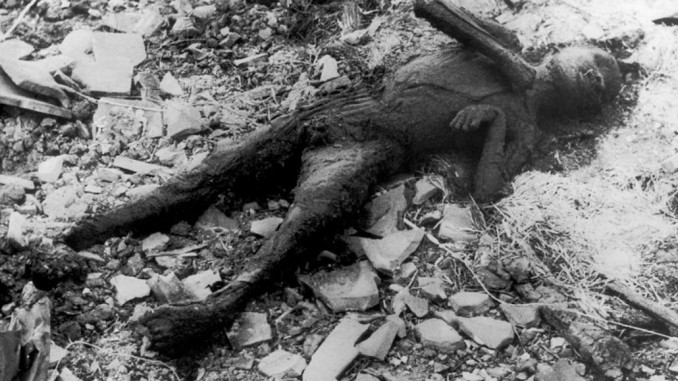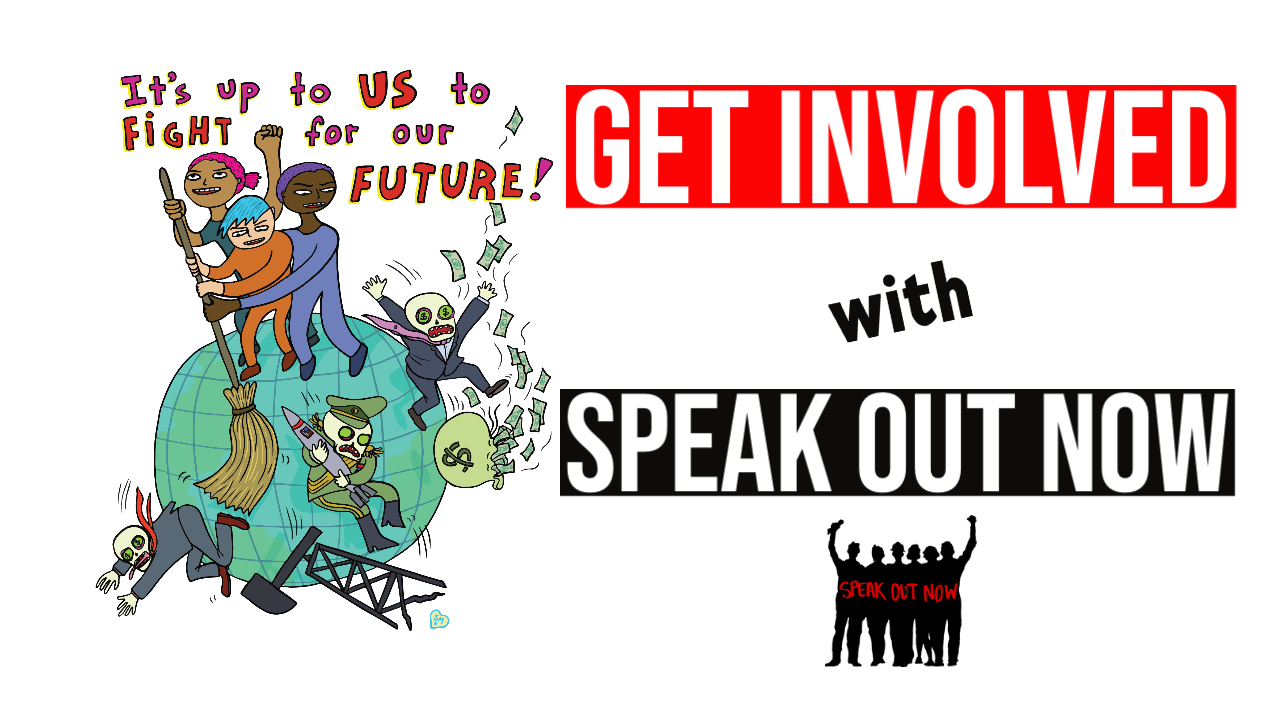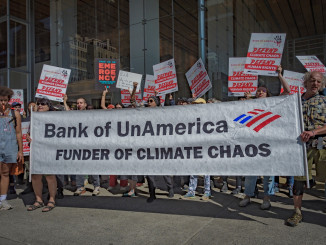
On August 6, 1945, exactly 80 years ago today, the United States military dropped an atomic bomb on Hiroshima, Japan. Three days later, on August 9, the U.S. dropped a second atomic bomb on Nagasaki, Japan. These two bombs brought to a close the barbaric conflict that we know of as World War II, and they opened the door to the age of nuclear weapons that we have all experienced since.
After the defeat of the Nazi regime in Germany in May 1945, the U.S. pressed to get Japan to surrender. Beyond gradually defeating Japanese forces in many island archipelagos of the Pacific Ocean, the U.S. military had for years firebombed major Japanese cities and towns. Many of them had been burned nearly to the ground, and most of their productive capacities had been destroyed. Meanwhile, after Germany’s defeat in Europe, the Soviet Union had pledged to join the war against Japan three months later. Japan was militarily defeated and the Japanese government was ready to surrender.
But U.S. imperialism, represented by President Harry Truman’s administration, had no intention of allowing Japan to surrender peacefully. In order to demonstrate to the Soviet Union that it should not be too aggressive in Eastern Europe or other parts of the world, they made the decision to drop the bombs. Japan’s surrender prevented any increased Soviet influence in the Pacific region. The atomic bombing of Hiroshima and Nagasaki was also a message to people around the world who might challenge U.S. imperialism that the U.S. would kill horrific numbers in order to stop any resistance to its power.
When the bombs fell on Hiroshima and Nagasaki in August of 1945, tens of thousands were killed instantly. All of those killed were civilians, and many were children. Tens of thousands turned to ash in the radioactive explosion that spread across the two cities, flattening square miles worth of infrastructure and incinerating natural and human life. In the months that followed, tens of thousands more died painful deaths from burns or by radiation poisoning. Studies agree that approximately 200,000 total died from the direct results of the blasts both on those days and over the course of the following year. Hundreds of thousands more lived, but with debilitating deformations, scars, wounds and sicknesses that stayed with them for the rest of their lives and often shortened their lives, too.
Since 1945, the nuclear weapons that have been developed by at least nine governments are many times more powerful than those dropped on Japan. They could each kill hundreds of thousands more people, destroy significantly more land and human infrastructure, and spread deadlier radiation far further than those unleashed in 1945. One estimate is that, if a nuclear bomb were to hit New York City, it would instantly kill 583,000 people.
The fact that nuclear powers have signed various treaties over the decades and the temporary relaxation of Cold War anxieties with the demise of the Soviet Union perhaps gave many around the world a sense that the threat of nuclear war was no longer serious. Currently, at least nine nations possess nuclear weapons.
The United States, which has at least 5,000 nuclear warheads and is currently upgrading its arsenal for modern needs and threats, regularly bombs and threatens rivals worldwide. Russia, which also has at least 5,000 nuclear warheads, invaded Ukraine and is menacing other nations in Eastern Europe and Asia. Recently, the head of Russia’s Security Council and U.S. President Donald Trump both threatened over social media to reposition and potentially use nuclear arms against each other. China has an estimated 600 nuclear warheads and has consistently engaged in expansionist activity throughout Eastern Asia and the Pacific. And Israel, a state which has oppressed the Palestinian people for nearly 80 years through occupation and open warfare and is currently carrying out a genocide in full view of the world has at least dozens of nuclear weapons. And they have carried out their barbaric Zionist expansionist policies with the full support of the U.S. ruling class and its government.
So, it would be naïve for us to think that nuclear weapons and the threat of nuclear war are things of the past. The world in 2025 is probably closer to a potential nuclear strike than at any point since the early 1960s. And since the imperialist nations of the world are expanding their commercial and political-military empires continually, they are always risking conflict with one or more of their rivals.
Today we face the prospects of both nuclear warfare and global climate disaster in our near future. Both are results of the capitalist system, and that system’s main priority is the profits of the few at the expense of the majority. We can’t leave our future in the hands of the people who rule the world today. If anything is going to change, it will be up to us.



